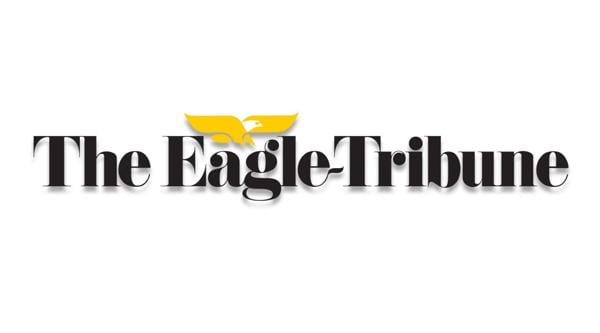The release of DITA 1.3 introduces significant improvements in content reusability through the implementation of key scopes. This enhancement allows users to reference a single topic across various locations in a DITA Map while customizing the content slightly according to context.
With this new functionality, a topic focused on Windows installation can be adapted for Linux systems without the need to rewrite the entire content. For instance, if a user writes a topic detailing the software installation process for Windows, they can seamlessly apply the same steps to the Linux version, modifying only the operating system name.
Streamlined Content Management
In previous versions, specifically DITA 1.2, the keyref attribute would resolve to a single value, limiting flexibility. Now, with the introduction of key scopes, users can define multiple values for a key based on context. This means that the installation instructions can remain consistent while accommodating different operating systems.
A practical example can be illustrated as follows: a topic with an ID of “installation” includes content such as “Download the executable. Run the executable by double-clicking it. Follow the steps described in the installation wizard.” By utilizing key scopes in the DITA Map, the same topic can be referenced for both Windows and Linux installations. This is defined as:
keyscope=”windows”> keys=”osName”> Windows href=”installation.dita”/>
keyscope=”linux”> keys=”osName”> Linux href=”installation.dita”/>
This ability to modify the key reference according to the context significantly enhances the efficiency of technical documentation.
Access and Resources
For professionals looking to explore these new capabilities, a more detailed example and downloadable samples demonstrating the reuse based on key scopes are available in the blog post titled “DITA 1.3 Key Scopes – Next Generation of Reuse.” This resource serves as a guide to implementing these features and maximizing the potential of DITA 1.3 in various documentation projects.
The advancements brought by DITA 1.3 highlight the ongoing evolution in content management systems, providing technical writers with tools that not only streamline processes but also improve the overall user experience in accessing information.

































































